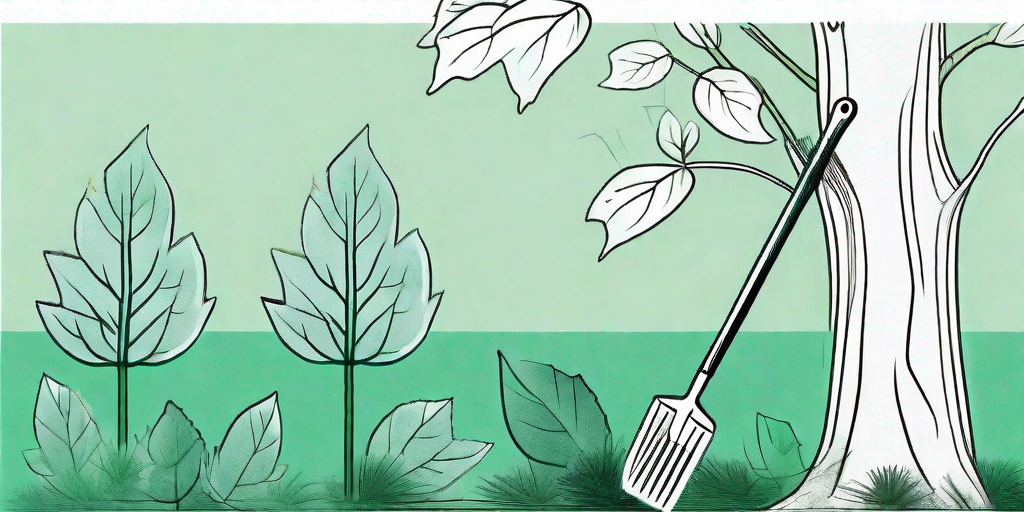
Ah, the majestic maple tree, a symbol of strength, endurance, and... sticky black spots? Yes, you read that right. If you're a proud owner of a maple tree, you might have noticed these unsightly blemishes marring the beauty of your leafy friend. Fear not, dear reader, for this is a common ailment known as Maple Tar Spot and we have the perfect remedy for it. So, buckle up and get ready to dive into the world of maple tree care.
Understanding the Enemy: What is Maple Tar Spot?
Before we start our battle against the sticky spots, let's take a moment to understand our enemy. Maple Tar Spot is a fungal disease that affects maple trees. It's as if your tree decided to get a bunch of black tattoos without your permission. The audacity!
The disease is caused by a fungus called Rhytisma acerinum. It's not harmful to the tree's health, but it's a real eyesore. The spots start as small yellowish specks in early summer, which grow into large black spots by late summer or fall. It's like watching a bad tattoo get worse over time.
The Battle Plan: How to Treat Maple Tar Spot
Step 1: Spot the Spots
The first step in our battle plan is to identify the enemy. Look for small yellow spots on the leaves in early summer. If you spot these, brace yourself for a black spot invasion later in the year.
Remember, early detection is key. The sooner you spot the spots, the sooner you can take action. And the sooner you take action, the sooner you can sit back and enjoy your spotless maple tree.
Step 2: Rake 'Em Up
Once the leaves have fallen, it's time to get raking. The fungus overwinters in the fallen leaves, so by raking and disposing of them, you're effectively removing the source of the infection.
Think of it as a game of hide and seek. The fungus is hiding in the leaves, and you're seeking them out. Only in this game, the loser gets bagged and thrown away. Harsh, but necessary.
Step 3: Fungicide Fun
If the infection is severe, you might need to bring out the big guns - fungicides. Apply a fungicide in early spring to prevent the spores from germinating.
Remember to follow the instructions on the label. Too much fungicide can harm your tree, and too little might not be effective. It's a delicate balance, like adding the right amount of hot sauce to your burrito.
Prevention is Better Than Cure
As the old saying goes, prevention is better than cure. And it's true. Why go through the hassle of treating Maple Tar Spot when you can prevent it in the first place?
Regularly raking and disposing of fallen leaves can go a long way in preventing the disease. Also, consider pruning your tree to improve air circulation. A well-ventilated tree is a happy tree.
Frequently Asked Questions
- Is Maple Tar Spot harmful to my tree?
No, it's not harmful to the tree's health. It's just a cosmetic issue. But let's be honest, nobody likes a spotty tree. - Can I use any fungicide to treat Maple Tar Spot?
Yes, most fungicides will work. Just make sure to follow the instructions on the label. - How can I prevent Maple Tar Spot?
Regularly rake and dispose of fallen leaves, and consider pruning your tree to improve air circulation.
Final Thoughts
So there you have it, your ultimate guide to treating Maple Tar Spot. With a little bit of effort and a whole lot of raking, you can say goodbye to sticky situations and hello to a spotless maple tree.
Remember, a spotless tree is a happy tree. And a happy tree makes for a happy tree owner. So, get out there and start spotting those spots!















